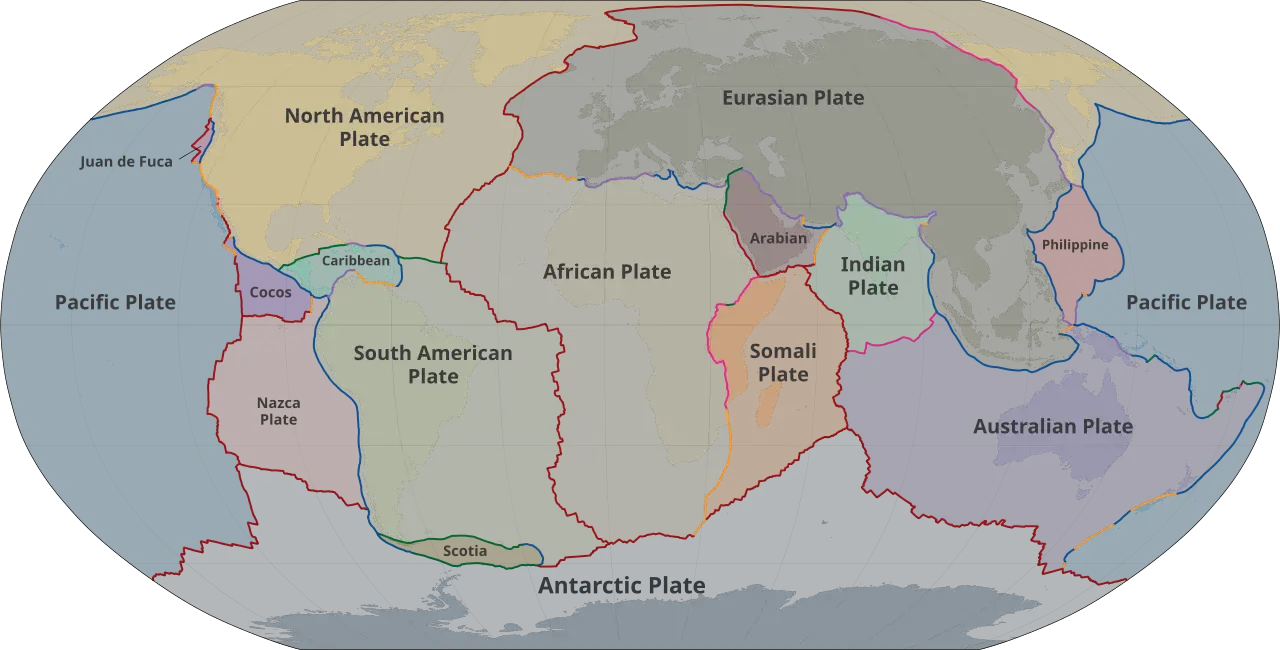The World in 50 Million Years: How Our Planet Will Dramatically Change

You might think the world map looks pretty stable, but our planet is anything but static. In just 50 years, the Earth has already undergone significant changes, but these are mere moments compared to the incredible transformations coming in the next 50 million years (see Earth 50 Million Years Ago).
Imagine a world map so different that geographers of today would barely recognize it. Tectonic plates are slowly but powerfully reshaping our continents, oceans, and entire landscapes in ways that sound more like science fiction than geological fact (Geological Society of America).
How Continents Move: The Invisible Dance of Our Planet
Most people don’t realize that world maps are actually living documents. Continents aren’t fixed – they’re constantly moving, albeit incredibly slowly. At just a few centimeters per year (2.5 cm per year), these movements seem imperceptible, but over millions of years, they create dramatic world map transformations (National Center for Geological Research).
Northern Europe: From Landmass to Seascape
Climate models paint a shocking picture of Northern Europe’s future. Rising sea levels could submerge large portions of the current landmass under 60 meters of water (the world with a 70-meter sea-level rise you can find here). Picture Scandinavia transformed into a maritime landscape, with only the highest points remaining as scattered islands.
Mediterranean: A Lake in the Making
The ongoing collision between African and European tectonic plates will turn the Mediterranean from a sea into a landlocked basin. Volcanic islands will dot this new inland water body, creating a landscape that would be unrecognizable on today’s world maps.
Antarctica: A Continent Reborn
As ice caps continue melting, Antarctica will emerge as a complex archipelago. Thousands of islands and deep fjords will replace the current uniform ice sheet, revealing geological features hidden for millions of years.
Geographical Highlights Reshaping Our World Map
- The Arabian Peninsula encircled by massive mountain ranges
- East Africa potentially becoming a new microcontinent
- Volcanic islands emerging in the Indian Ocean
- Australia colliding with the Asian landmass
Understanding Our Dynamic Planet
These aren’t wild predictions but carefully researched geological forecasts. Scientists use sophisticated models, satellite data, and extensive research to map out these potential futures.
For those fascinated by how world maps change, we’ve found some incredible world map posters that capture our planet’s complexity:
What aspect of these potential world map transformations blows your mind the most? Which geographical change seems most incredible to you? Share your thoughts in the comments below!








